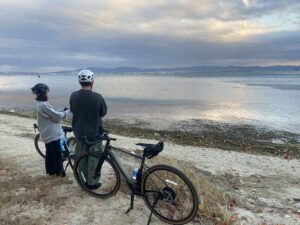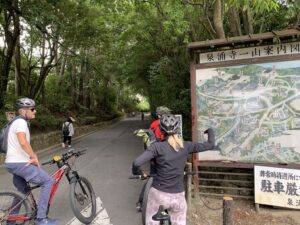We will explain the cycling route through Japan's most historic tea plantations from the perspective of a cyclist living in Kyoto.
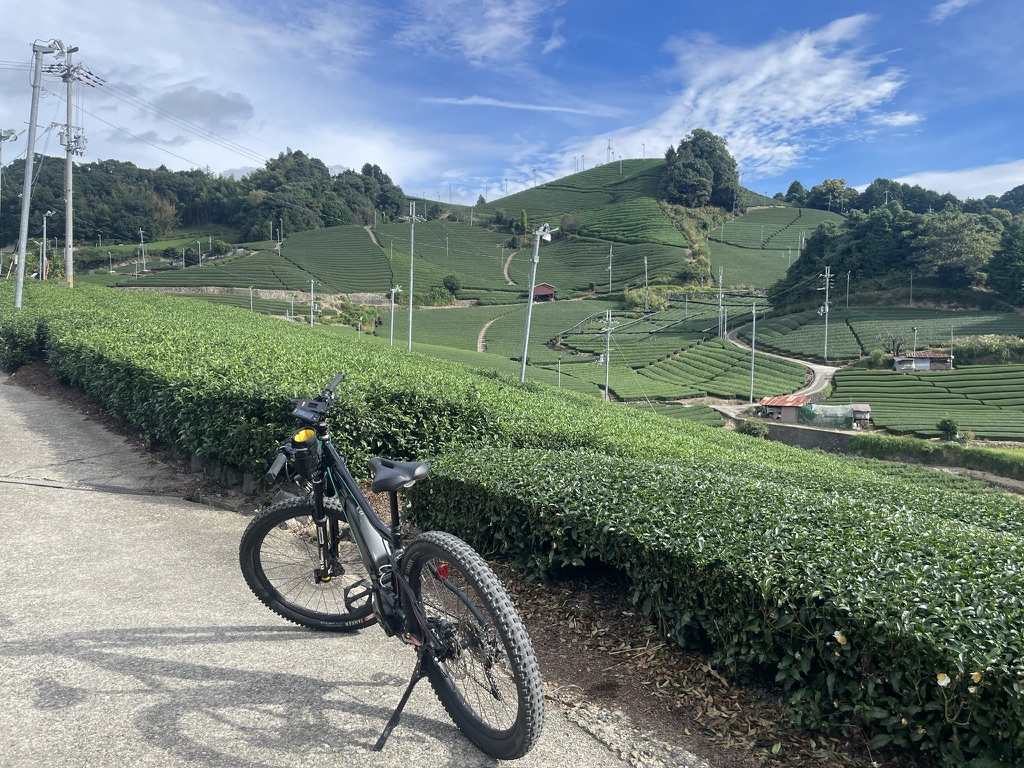
Wazuka is a small village with a population of 3,500, where tea production is the main industry. The village is covered with tea fields as far as the eye can see, making it a truly otherworldly place.
What sets this place apart from other tea-producing regions is its long history and the prestige of its brand. It is the main producer of "Uji tea," which is the world's finest tea and has played a central role in Japan's tea culture.
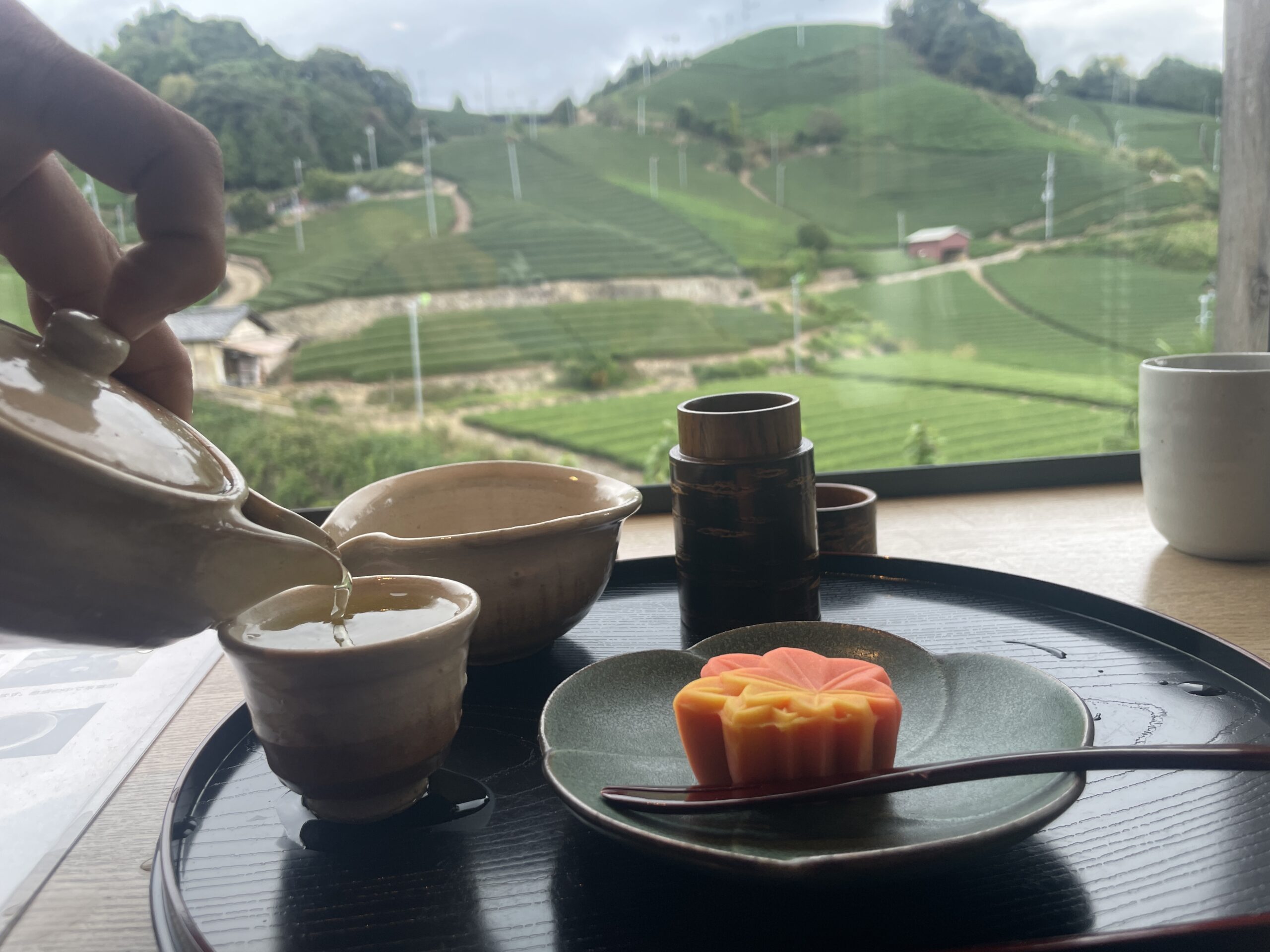
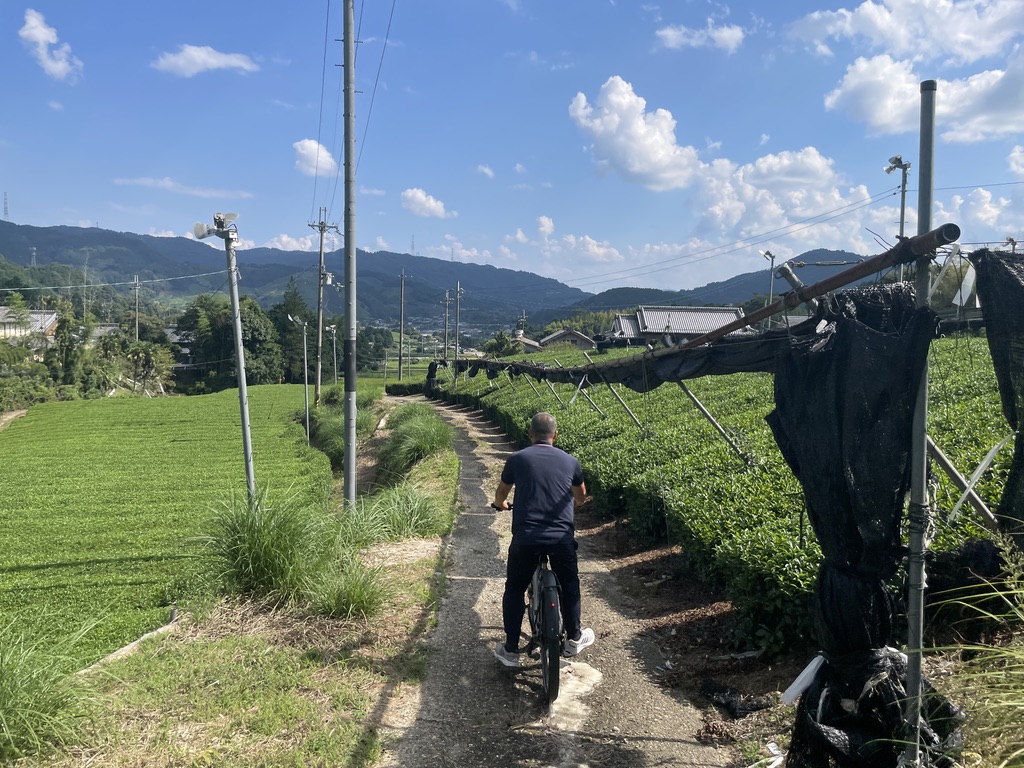
It's a fantastic route that involves cycling through tea plantations, eating the most delicious tea sweets and drinking locally grown tea.
Model Course 1. Kyoto~Uji~Wazuka Loop Course

90km(56mi)
6h~8h
Road situation;
Protected Bicycle Sidewalk
& Wide Road
& Path where almost no cars pass
The plan is to travel from Kyoto through the tourist spots of Uji, cross the mountains at Amagase Dam, enter Wazuka, and then return to Kyoto via the Kizugawa-Katsura River Cycling Road.
This is a rather tough itinerary, so if you are not an accomplished cyclist, it would be better to plan to stay overnight in the Nara area (described below) or to use a car transfer service.
Although the distance is long, it is generally flat, and you can go fast especially on the cycling road along the river. There are steep hills when entering and leaving Wazuka.
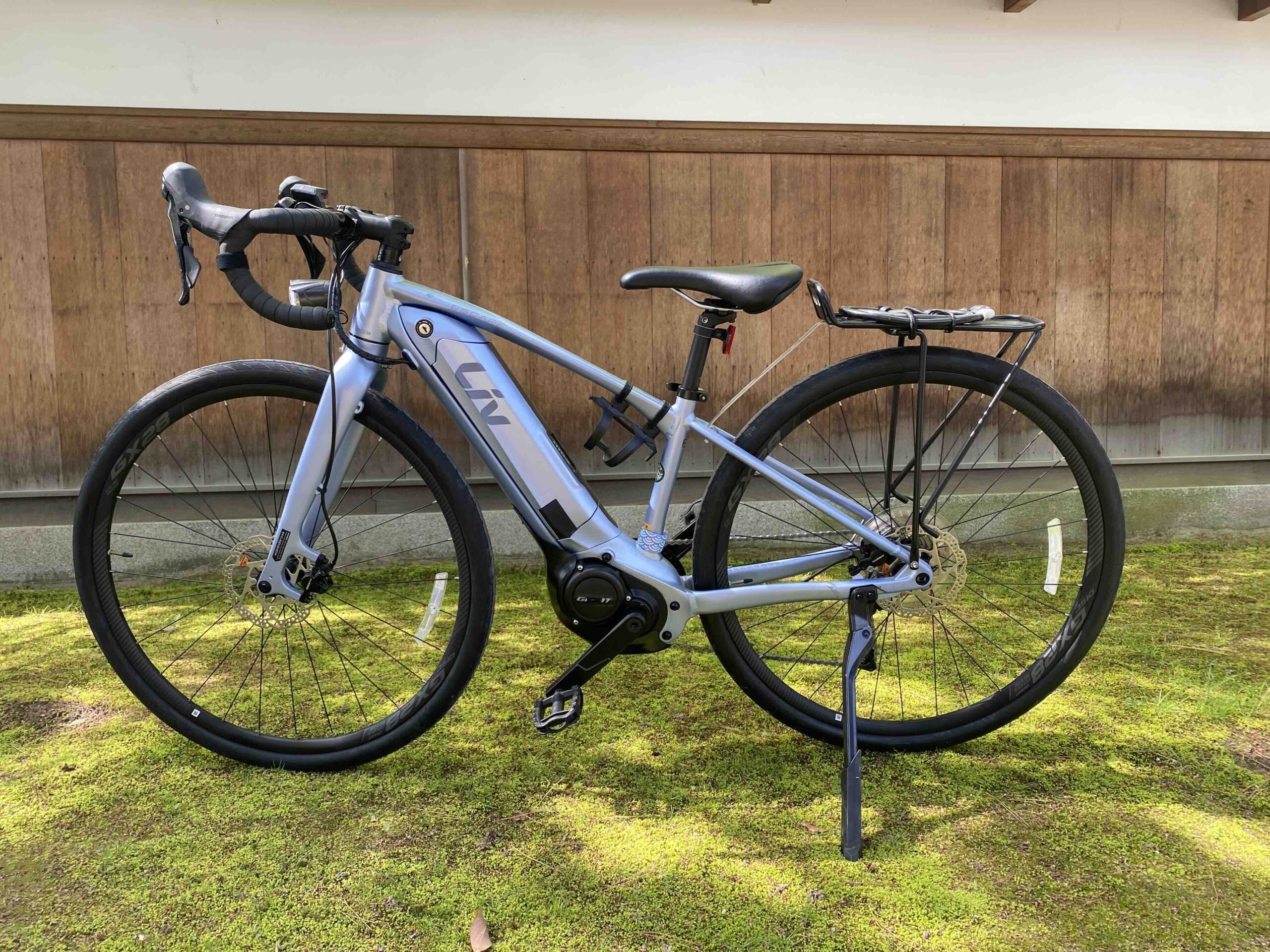
1. Rent a E-Bike at Saiin, Kyoto
The road is generally paved, but because the tea fields are on slopes and Wazuka is a village surrounded by mountains, an E-Bike is the best option. Battery consumption will be about 70%.
2. Uji (18km, 1.5h)
From Kyoto to Uji, after the Kamogawa Cycling Road, you will go through public roads in the city. It may not be very comfortable.
Uji is a key transportation hub with a history of 1500 years. Tea made in Wazuka is sold all over the world as Uji tea.
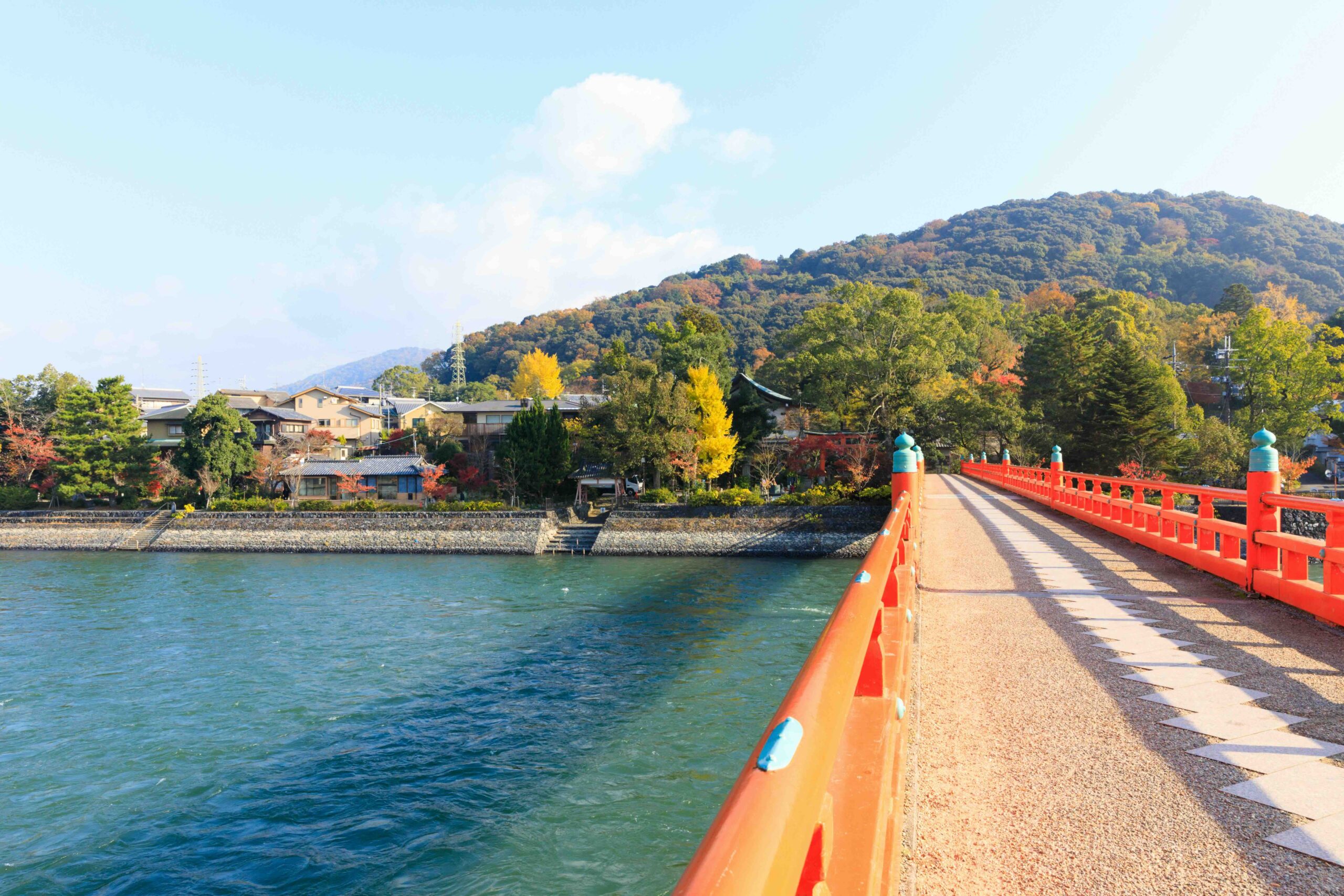
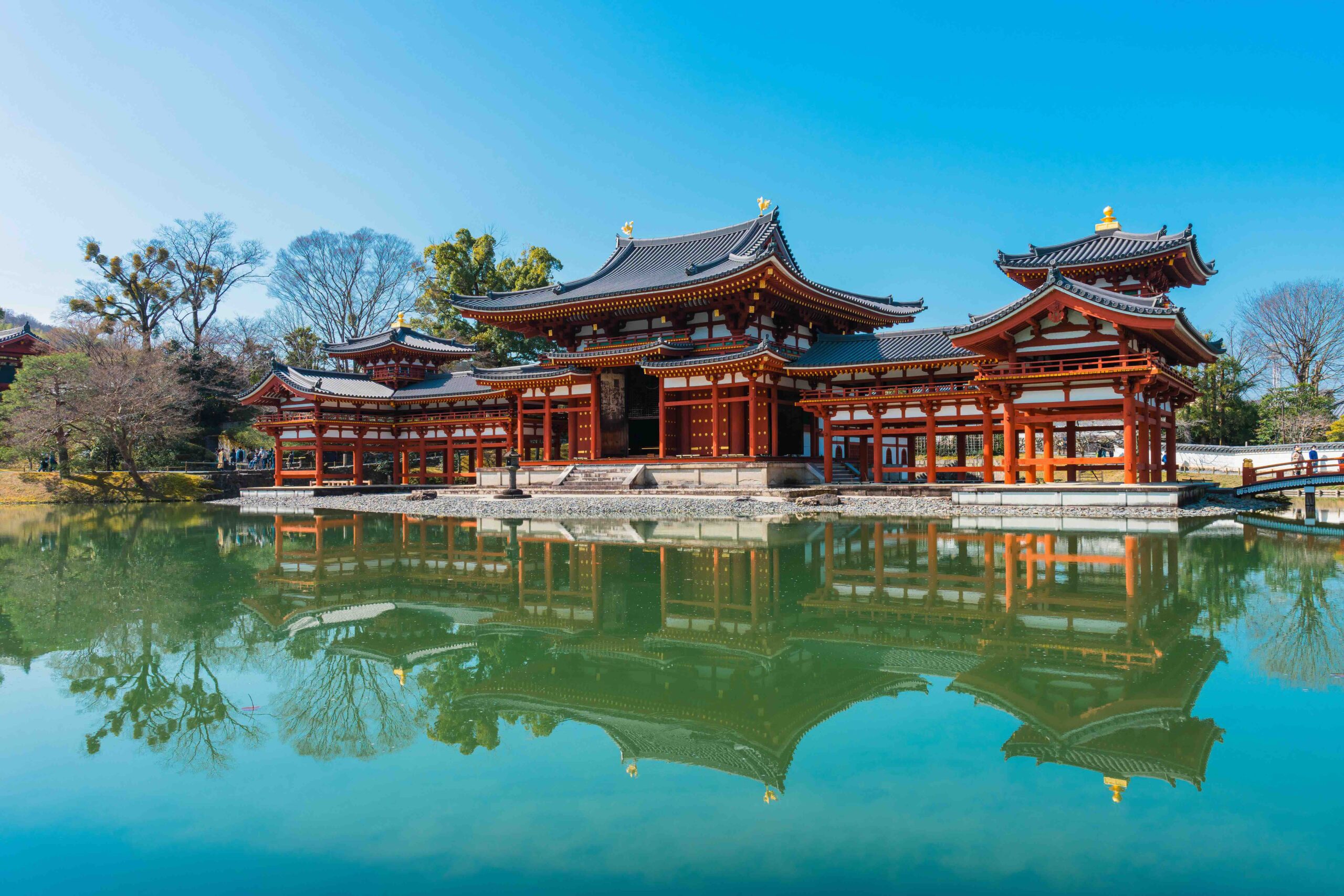
Byodo-in & shops
There is the famous Byodo-in Temple, as well as many cafes and souvenir shops, so it's a great place to take a break.
3. Amagase Dam (22km, 3h)
Amagase Dam is an impressive dam that connects Lake Biwa with the Seto Inland Sea. The water flows from the city of Otsu, so it smells a bit bad.
The path on the north side of the river is a very nice trail with views down to the river.
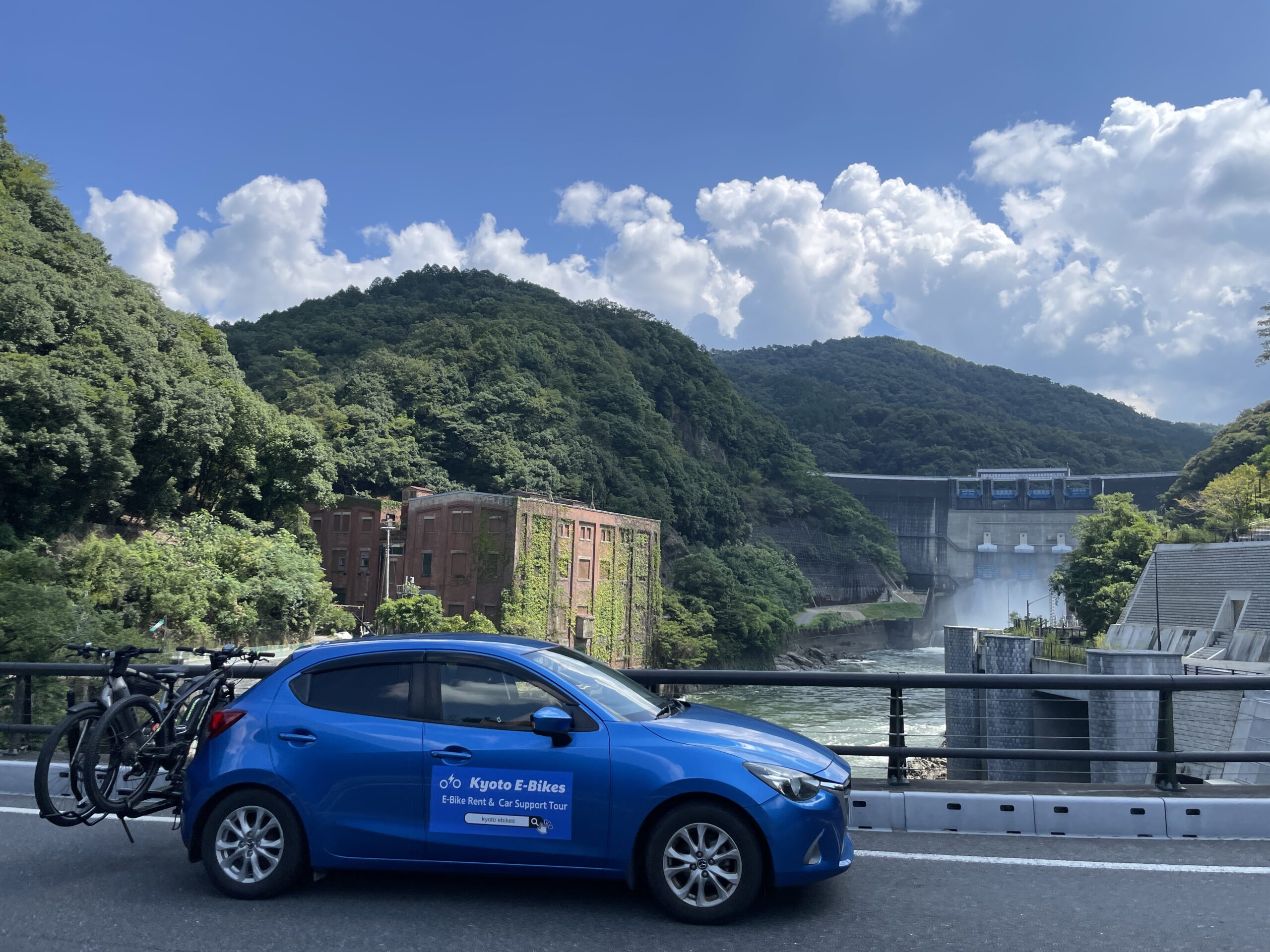

4. Wazuka dan dan Cafe (38km, 4h)
This is a cafe with a view of the tea fields that is popular with cyclists.
Green Tea Sweets
There are a few other cafes in Wazuka, but as far as I've tried, the sweets at the cafes here were better than any tea sweets shops in Kyoto. The tea flavor really came through.

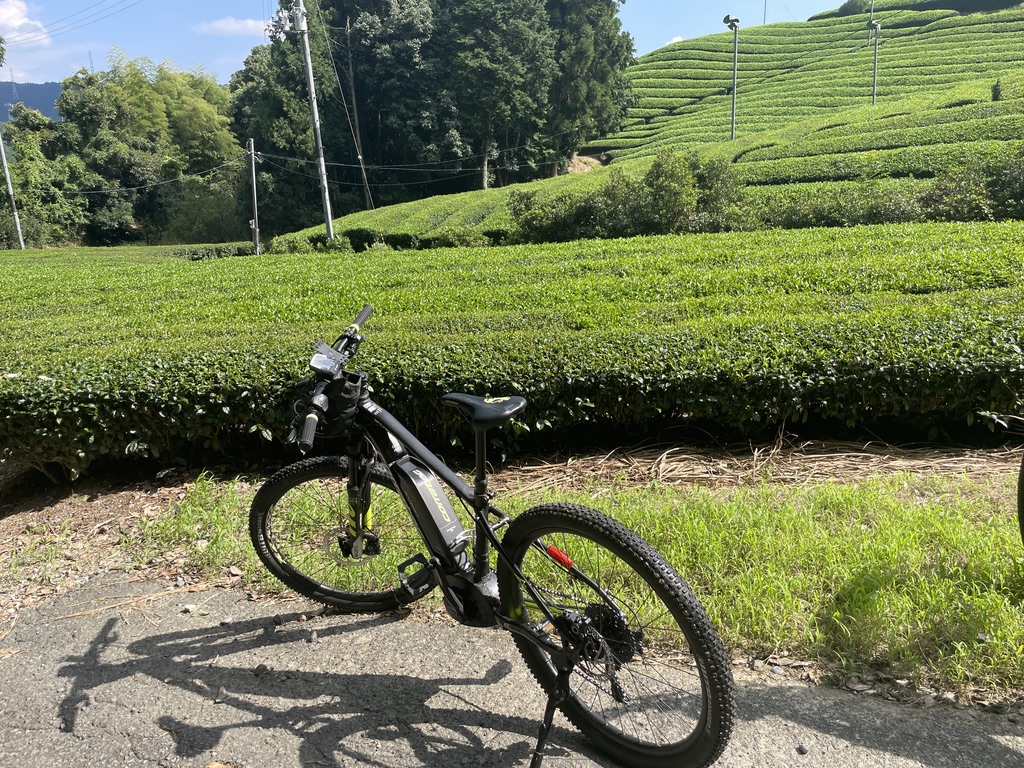
Cycling through the tea fields
Generally, you can ride your bike on paved roads, but please be careful not to get in the way of farmers.
Tea fields are full of hills, but with an e-bike you will easily lose track of time and need to charge your bike, so be careful.
5. Nagare-bridge (68km, 7h)
Once you leave Wazuka and head out onto the Kizugawa River, you'll find yourself on a smooth but somewhat boring cycle path along the river. One interesting point along the way is this Nagarebashi Bridge. It's often used as a filming location for period dramas, but it's actually a fully functional bridge, designed to be washed away in the event of a flood so that it can be quickly restored.


6. Goal at Kyoto (90km, 8h)
Finish at a hotel in Kyoto! Kyoto has many izakayas, making it the perfect place to relax and unwind after a long day of travel.
Our rental bikes can be collected at your hotel, and you can continue riding the next day.
Model Course 2. Kyoto~Wazuka~Nara round trip

105km(65mi)
2 days
Road situation;
Protected Bicycle Sidewalk
& Wide Road
& Path where almost no cars pass
The route from Kyoto to Wazuka is the same as the model itinerary mentioned above, but in this case you will stay overnight in Nara and visit the famous sites there the next day before heading back to Kyoto.
The distance and difficulty are not much different from Model Course 1, but since it is split over two days, you will have more time to sightsee.
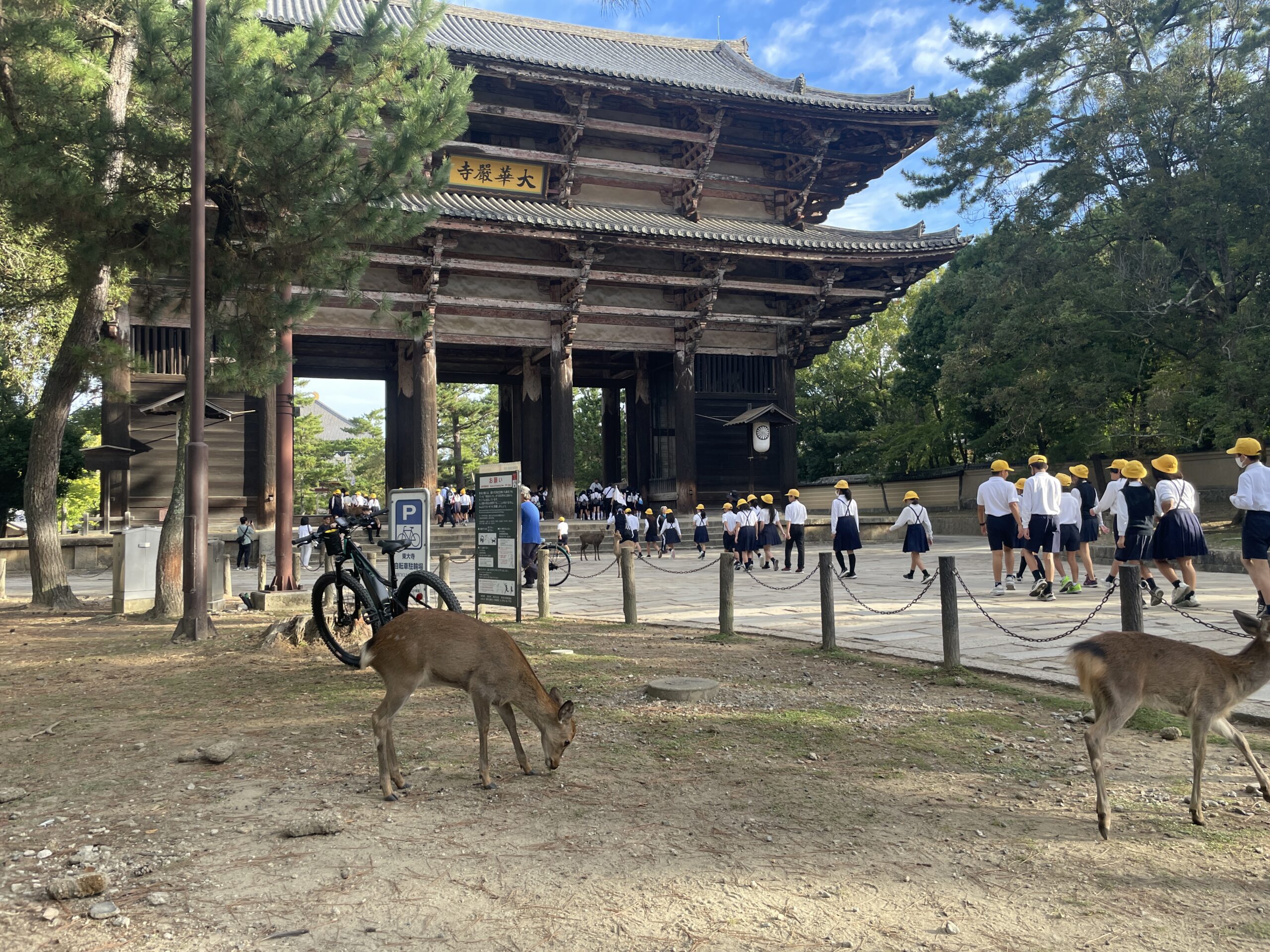
5. Nara Park
Nara Park is famous for the deer that are common in the area. Since ancient times, deer have been considered sacred creatures and have been raised with great care. In consideration of the ecosystem, it is prohibited to feed the deer anything other than special deer crackers.
Great Buddha of Todaiji Temple
The Great Buddha of Todaiji Temple, next to Nara Park, is a World Heritage Site and was built about 1,300 years ago as a symbol of the prestige of ancient Japan. It is the culmination of various ancient techniques and beliefs, and will overwhelm you with everything you see.
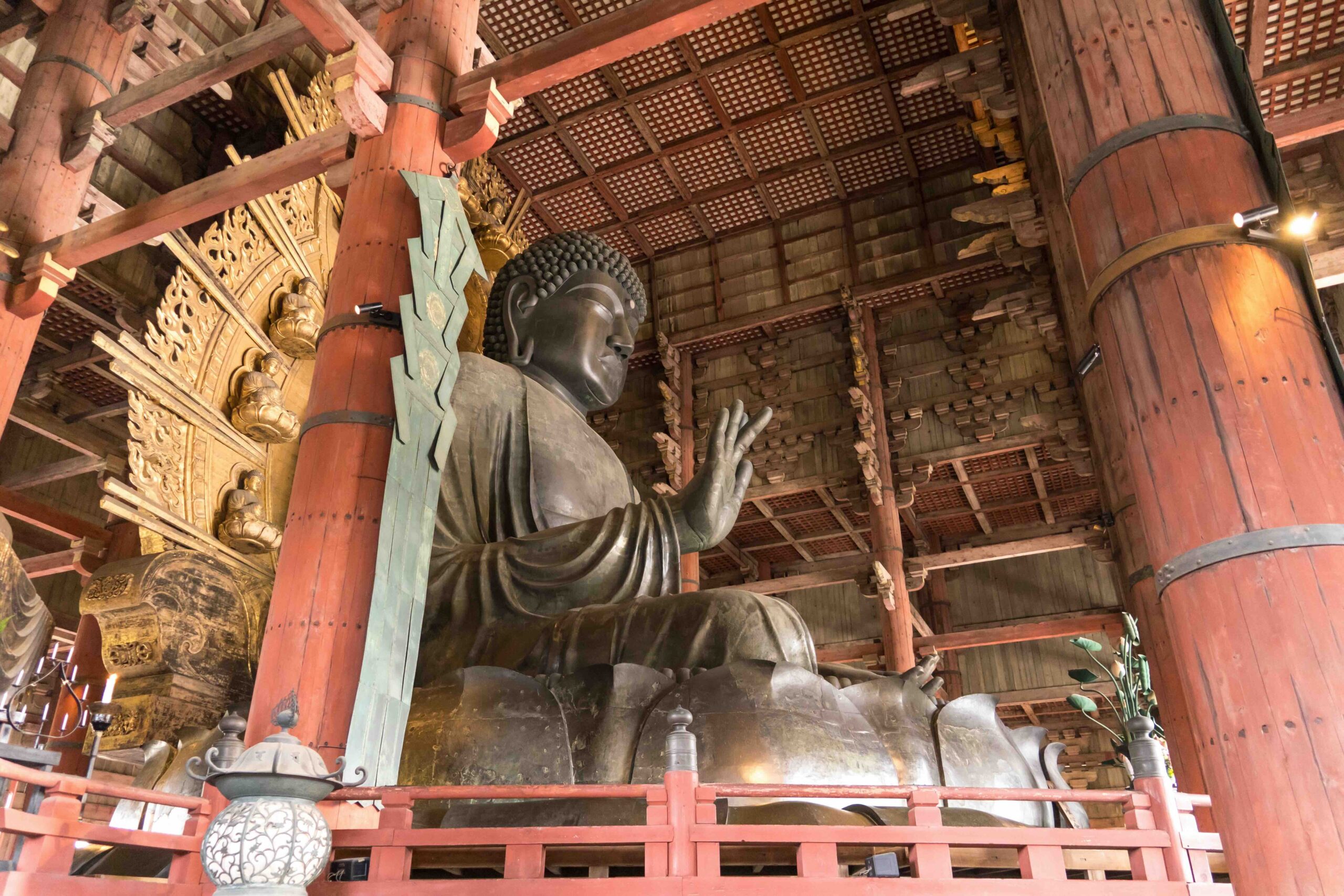

6. Site of the ancient capital of Nara
Nara was the former capital of Japan from 710 to 794 AD. It never flourished as much as Kyoto, but you can still see faithful reproductions of the palace gates and main streets of the time.
Model Course 3. The support car will transport you and your cyclist to Wazuka/Nara before cycling.

35km~
4 hours~
Road situation;
Protected Bicycle Sidewalk
& Path where almost no cars pass
This plan involves being picked up from your hotel in Kyoto, transported to Wazuka or Nara by car along with your bike, and cycling one way only.
We will provide a vehicle appropriate for your group, from sports wagons to vans.

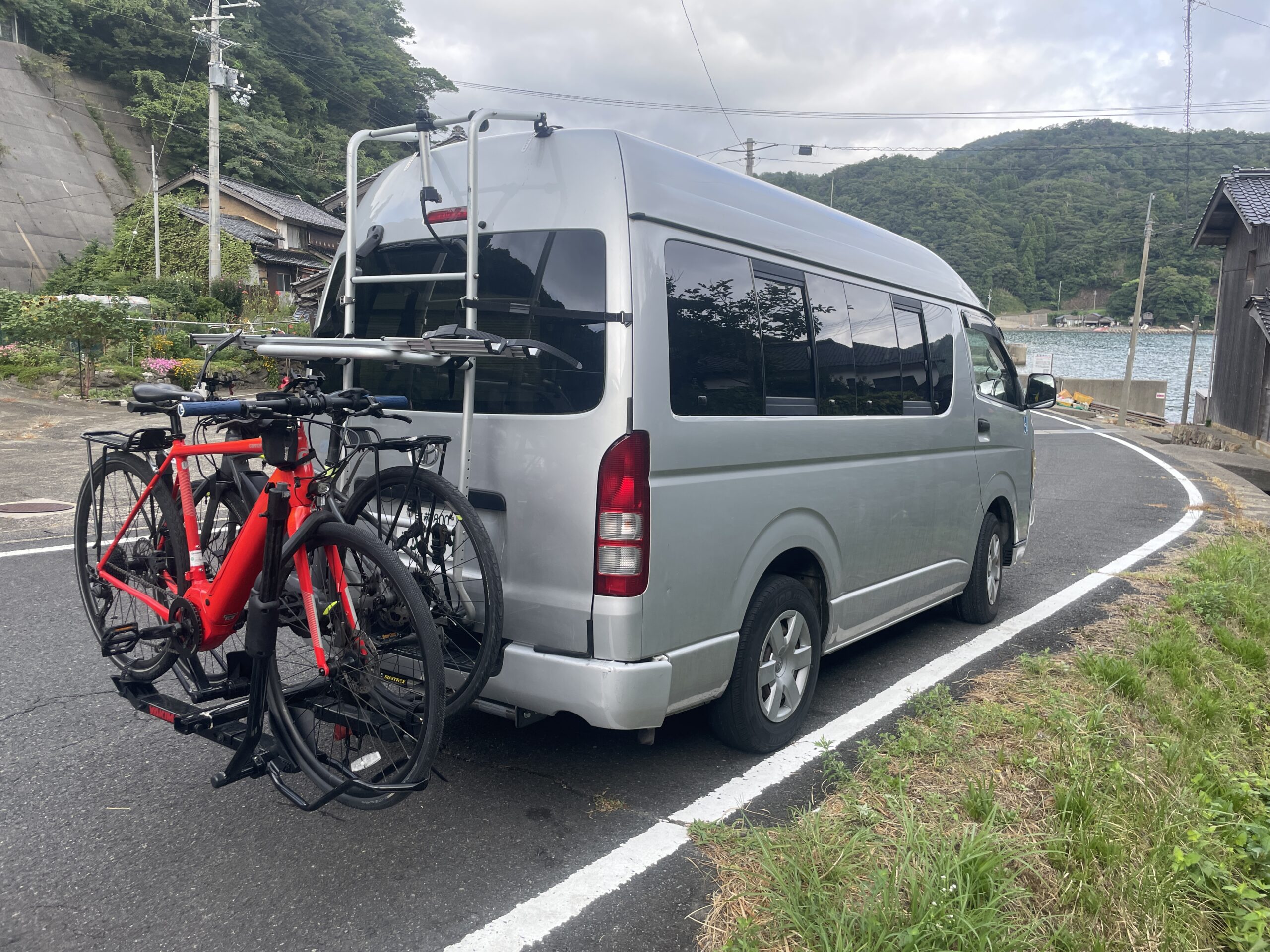
It takes about an hour by car from Kyoto to Wazuka/Nara.
Although it costs a little more, we also offer a fully supported tour where a support vehicle accompanies you at all times.

